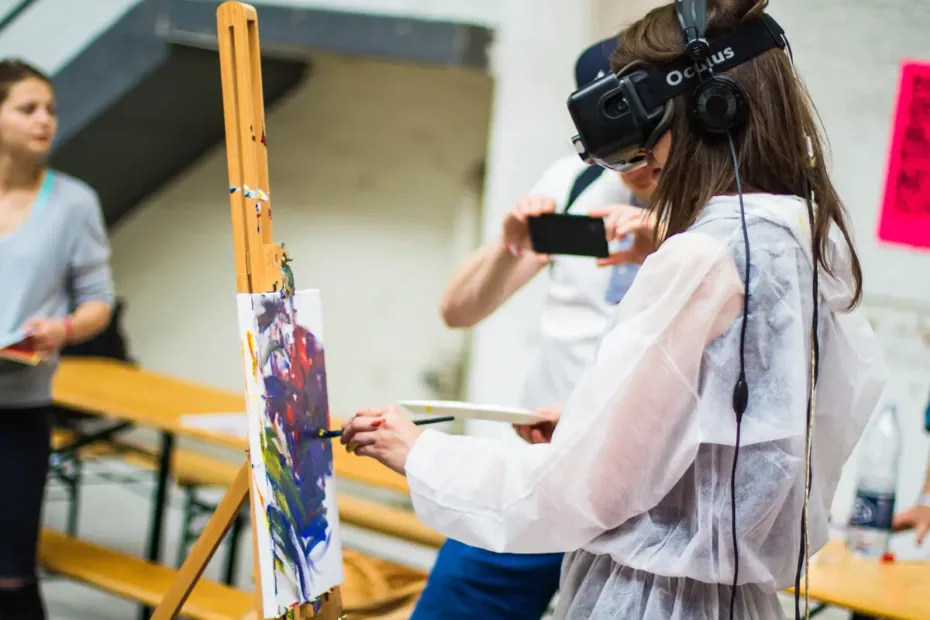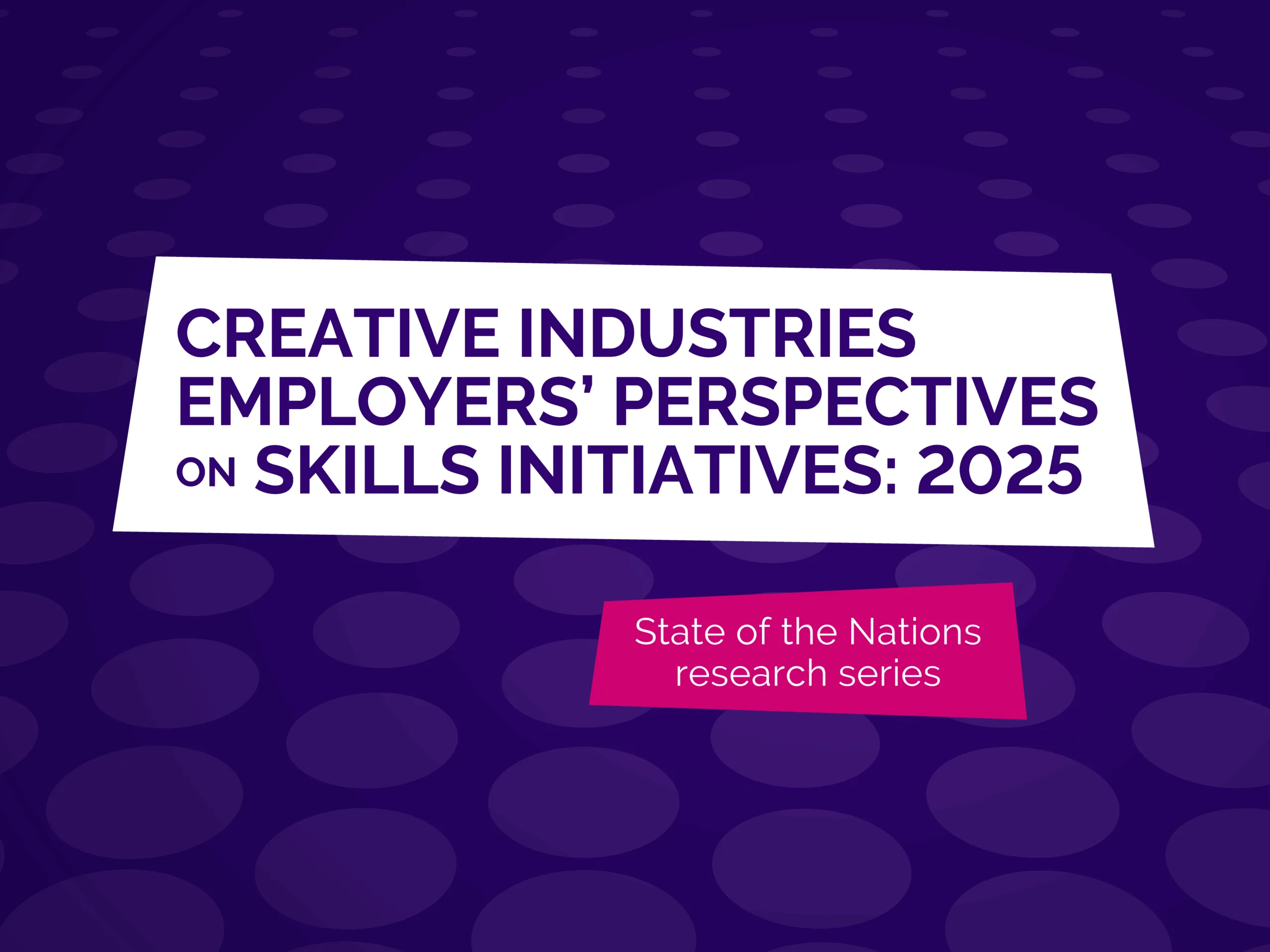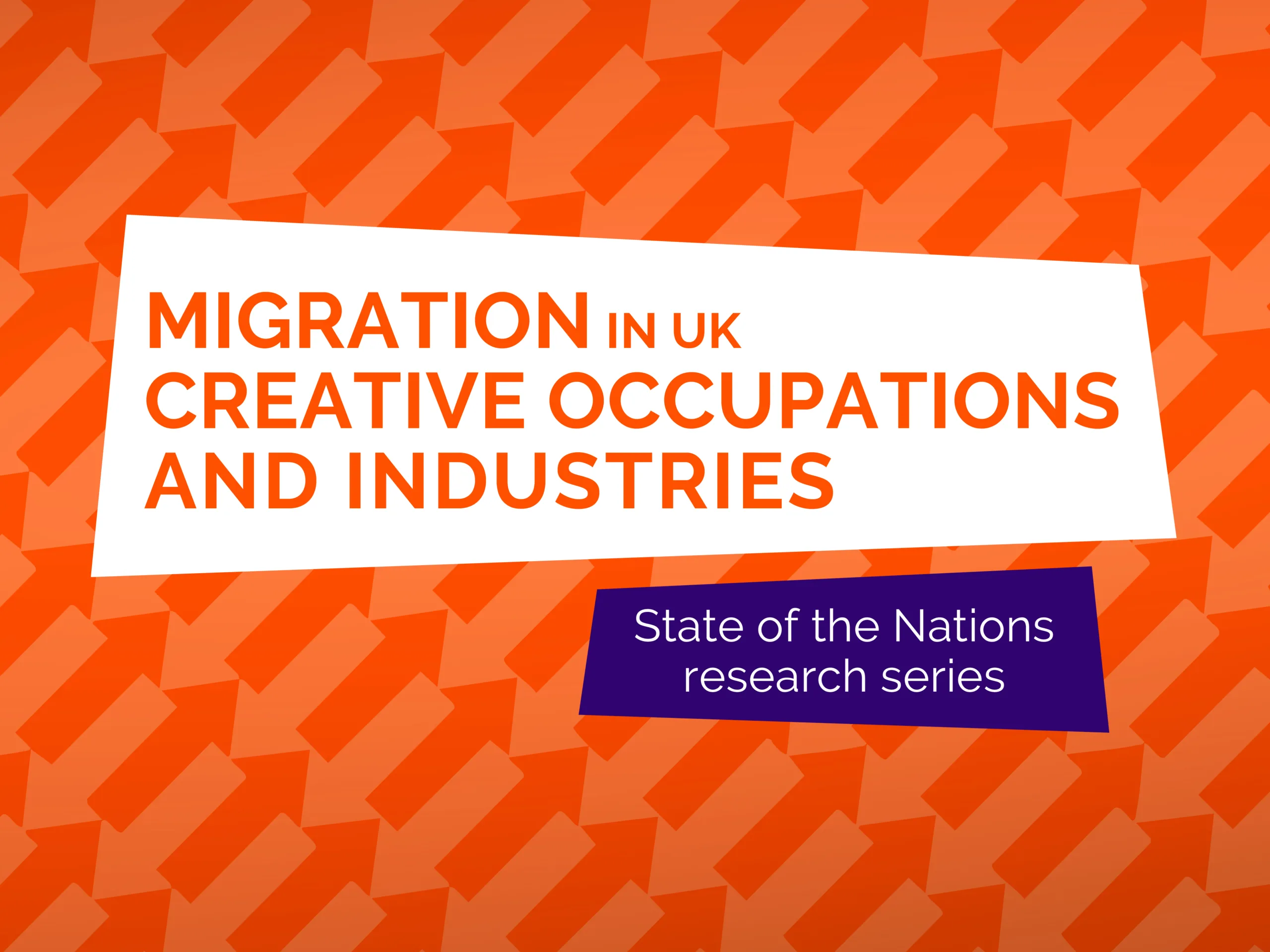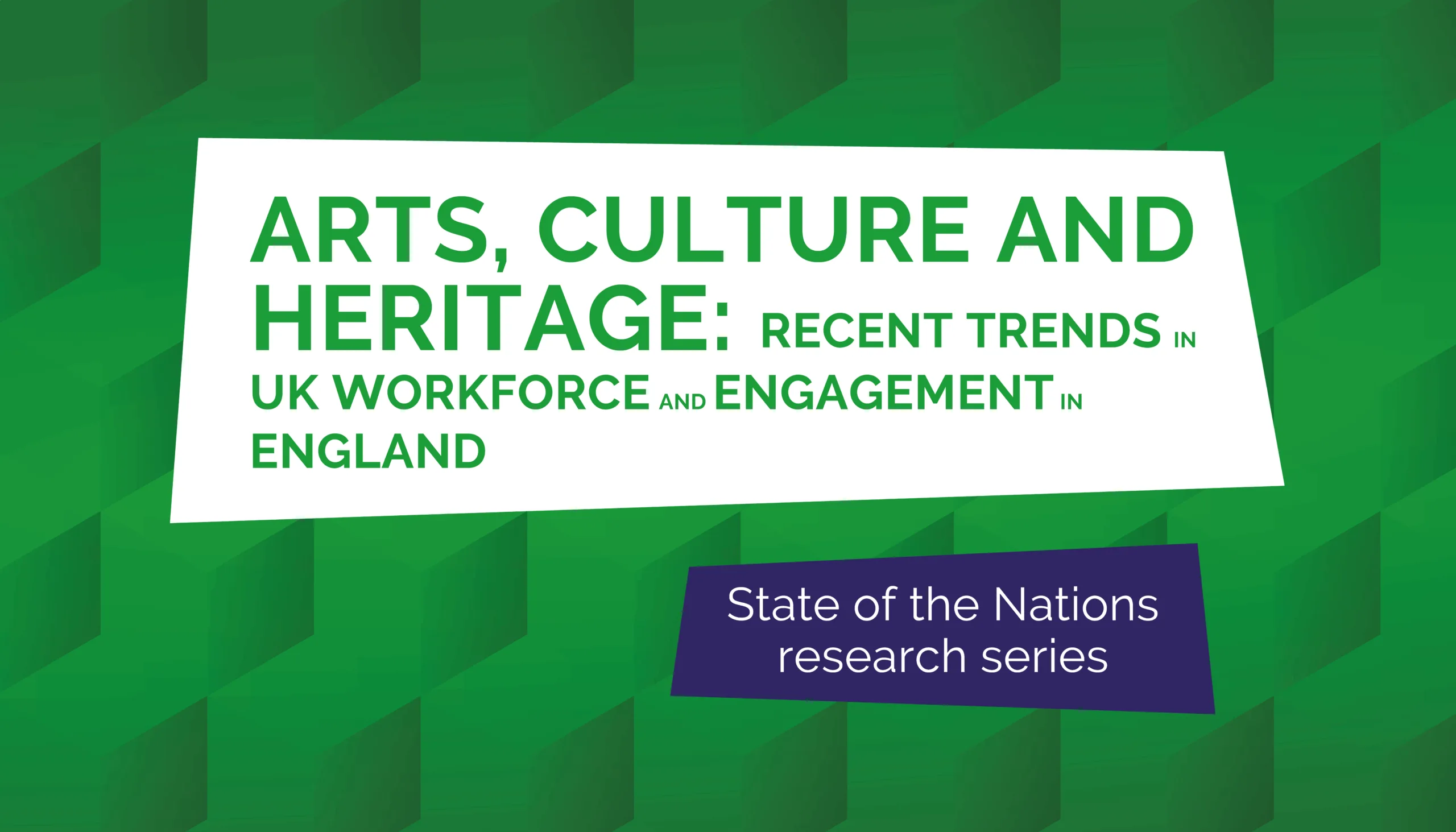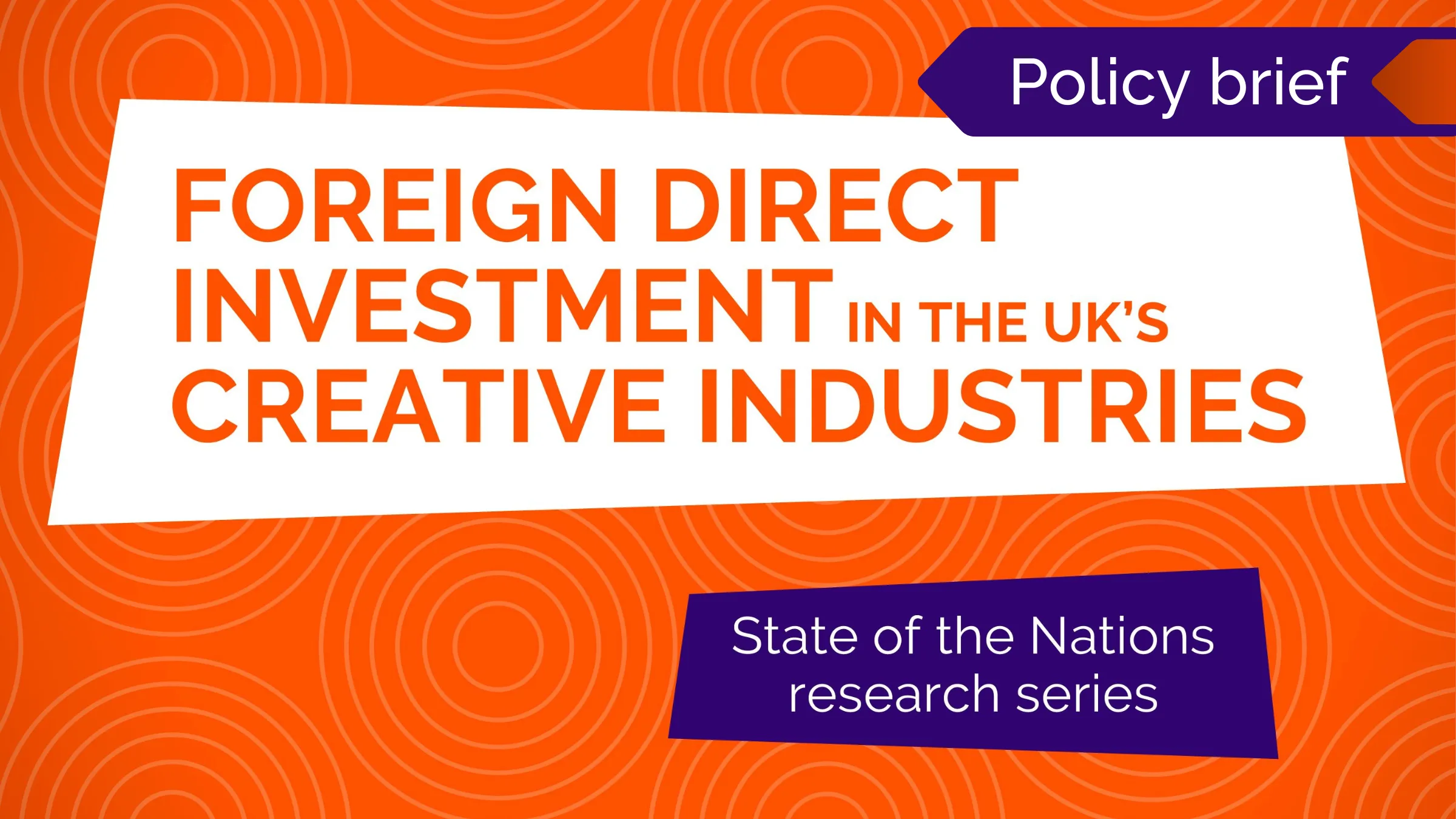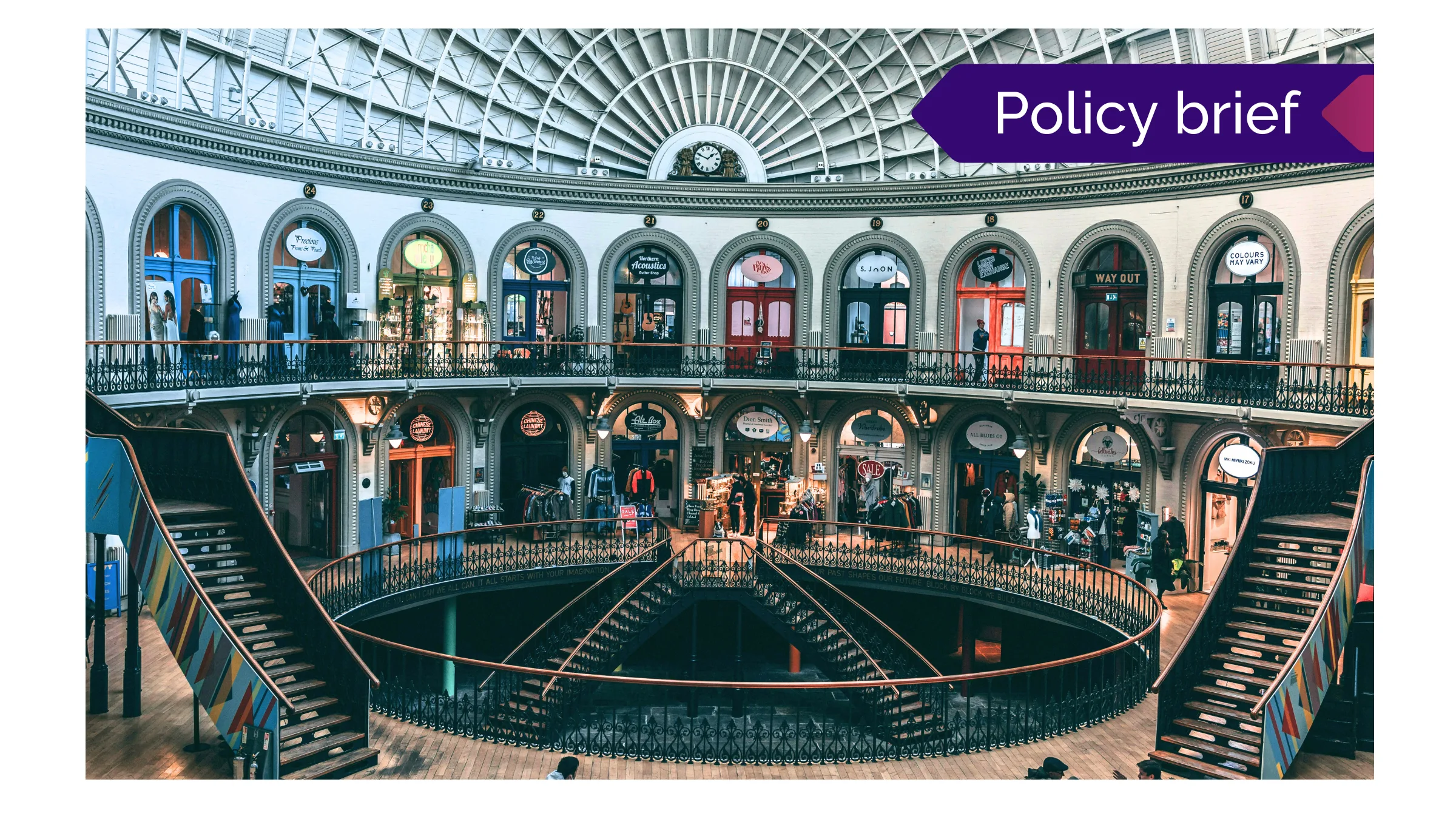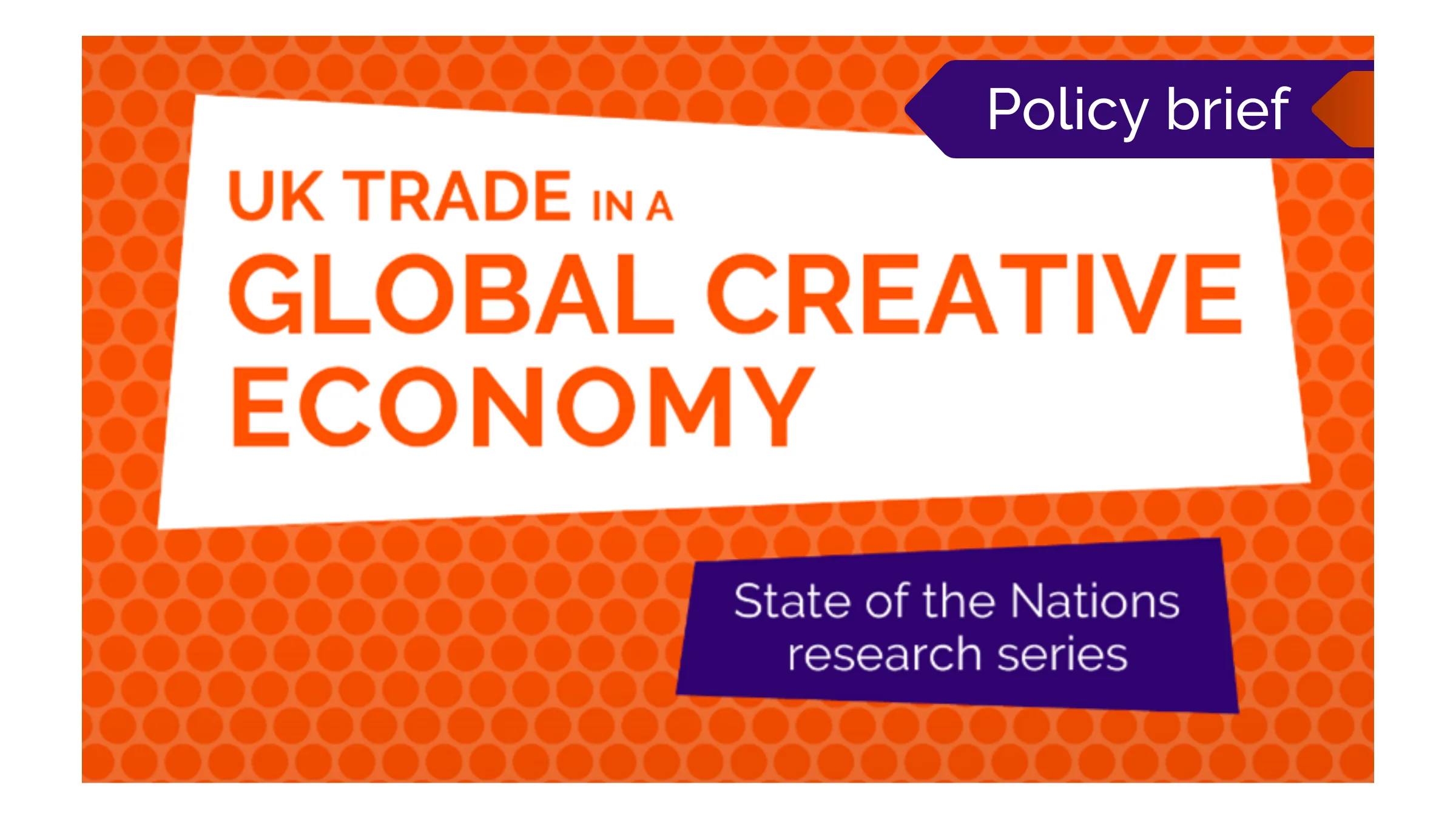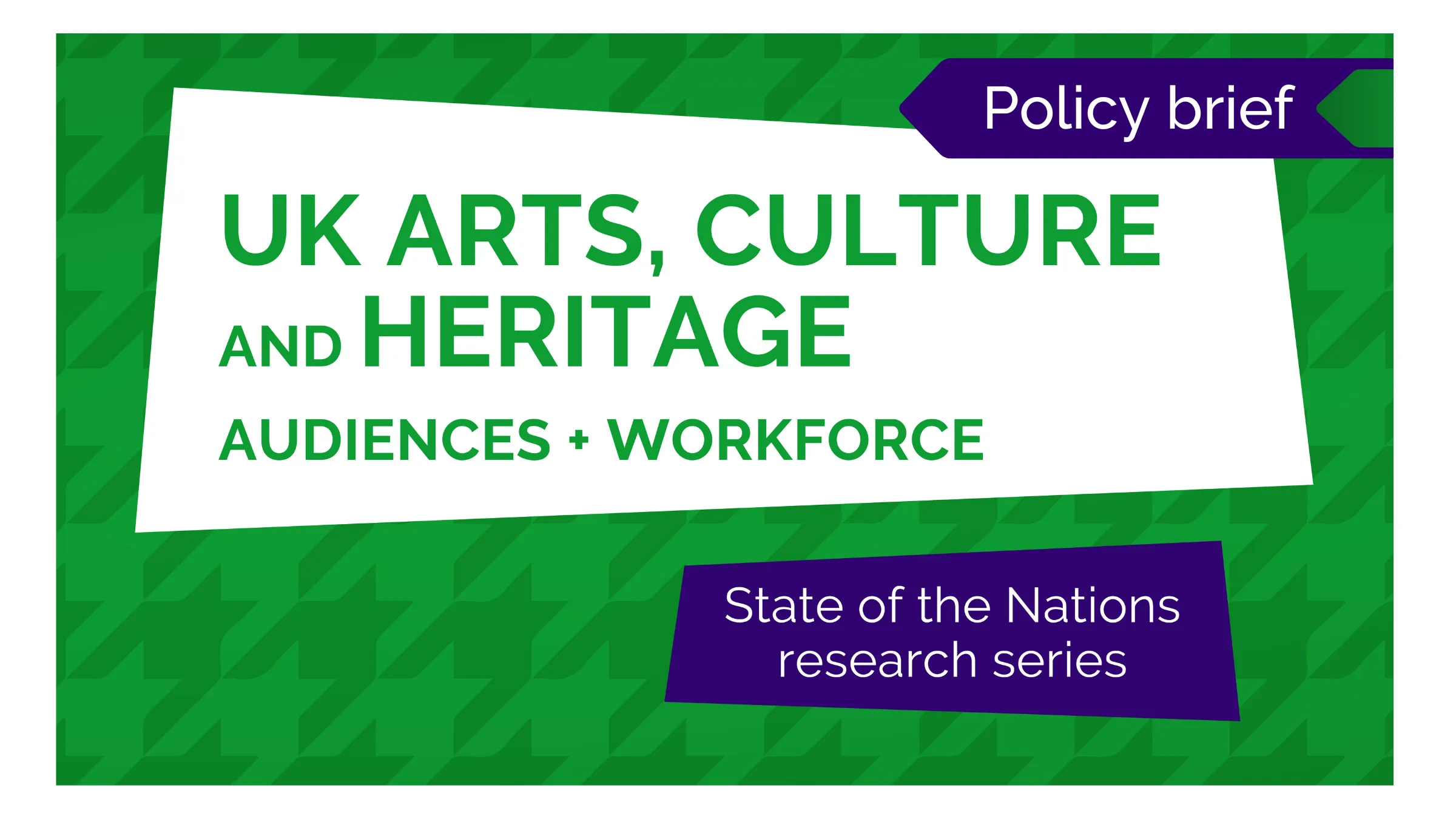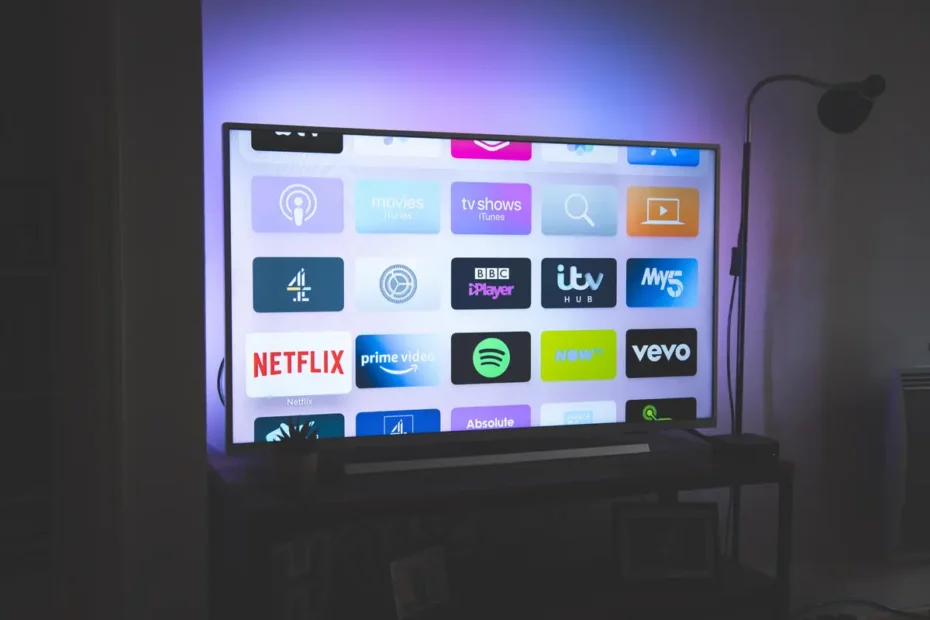As the UK emerges from the COVID-19 pandemic, the Government is faced with important policy decisions about where and how to direct future interventions and funding. One area where this has particularly sparked policy debates is around the future of higher education (HE) as a driver of innovation, skills and economic growth. This paper aims to contribute to these policy debates about how higher education needs to evolve in a modern world.
Public subsidies, which have driven expansionary higher education targets of the past, are no longer being wholeheartedly supported by a Government managing significant national debt. Indeed, a greater emphasis is being placed on value for money alongside quality.
Assessing ‘Strategic Importance’ in higher education
As the Government pushes for an increasingly differentiated higher education investment plan, the Department for Education (DfE) has identified subjects of “Strategic Importance,” where it is considering prioritising funding and policy interventions in higher education’s future. This includes STEM and healthcare subjects. The absence of a transparent assessment framework, which would explain how ‘Strategic Importance’ has been assigned to different subjects, has caused unease. The lack of an assessment framework creates confusion and raises concerns about fairness in the decision making process. This paper offers insights for objectively assessing ‘Strategic Importance’.
It seems that a system of prioritisation, to provide the basis to target funding cuts or identify areas to drive future improvements in higher education courses, is attracting increasing support within the DfE. For instance, a range of options are being considered to control “low value” courses and debt. For example, differential tuition-fees, a cap on student numbers, or minimum entry qualifications, to name a few. As further policy developments are announced, opening-up opportunities for strategically important subjects, while limiting the possibilities for others considered of lower value, this can only heighten concerns.
Designing a creative higher education system that supports economic needs
To date, although the Creative Industries are a priority economic sector, according to the Plan for Growth, many creative higher education courses have been deprioritised. This threatens the future talent pipeline.
The aim of this paper is to constructively shape the higher education assessment process the Government decided to use. This will be important in shaping future higher education policy decisions and creating the kind of creative higher education the Creative Industries would like, and needs to see, in the years ahead.
Please reference this paper as:
Giles, L, (2021) How to design a creative higher education system that supports economic needs. . Multiple: Creative Industries Policy and Evidence Centre and Work Advance. Available from: https://www.pec.ac.uk/policy-briefings/how-to-design-a-creative-higher-education-system-that-supports-economic-need
Related Policy Briefings
Policy Brief: Creative Industries Employers’ Perspectives on Skills Initiatives: 2025
Overview The Government’s new Industrial Strategy sets a long-term, sector-focused approach to skill…
Policy Brief: Migration in UK Creative Occupations and Industries
Overview The UK’s creative industries are internationally oriented, a fact that’s reflected in its e…
Policy Brief: Arts, Culture and Heritage: Recent Trends in UK Workforce and Engagement in England
Overview Five years after the Covid-19 pandemic, engagement and employment in the arts, culture and …
Policy Brief: Foreign Direct Investment in the UK’s Creative Industries
Read the Policy Brief based on the most recent State of the Nations Report on FDI.
Policy Brief: Insights from the Northern Creative Corridor Workshops Sprint
The Northern Creative Corridor is an initiative aimed at connecting creative clusters across Norther…
Policy Brief: International Trade and the UK Creative Industries
This policy brief examines international trade in the UK creative industries. Drawing on our UK Trad…
Policy brief: Audiences and Workforce in Arts Culture and Heritage
This policy brief uses census data to provide, for the first time, a comprehensive analysis of audie…
Policy Brief: Transitioning to Sustainable Production across the UK Theatre Sector
This policy brief outlines recommendations for transitioning to more sustainable theatre production …
Authors’ Earnings in the UK
This policy briefing sets out areas for possible policy action, proposed by the researchers at CREAT…
Television production, international trade and pressures to consolidate
The UK television production sector is one of Britain’s leading creative export sectors. This briefi…
Three ways to support growth in the creative industries
Three ways to support growth in the creative industries The Creative Industries are an economic powe…
Policy briefing: Creative industries innovation in seaside resorts and country towns
This policy brief is based on a PEC Discussion Paper: Creative Industries Innovation in Seaside Reso…
